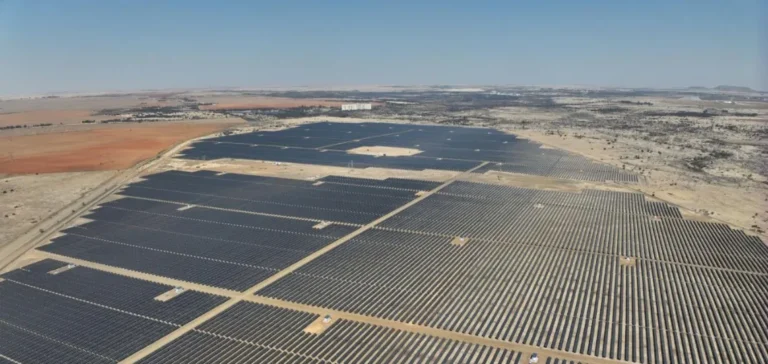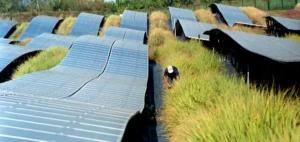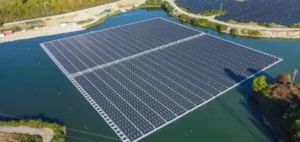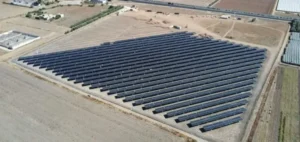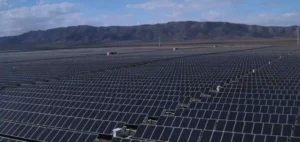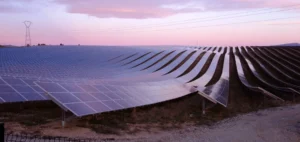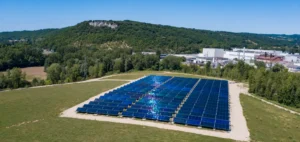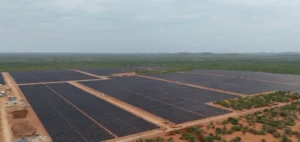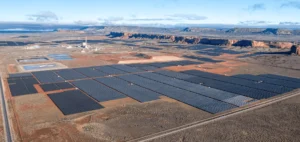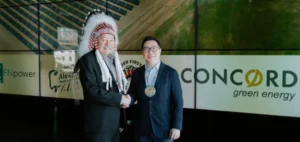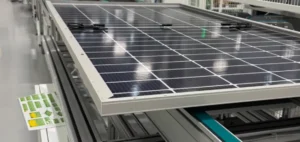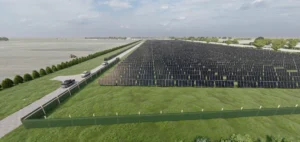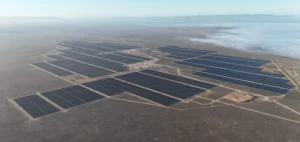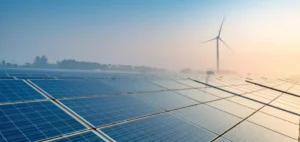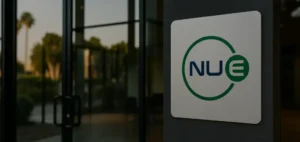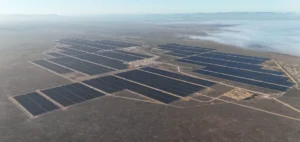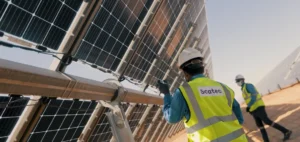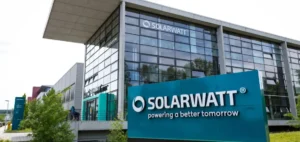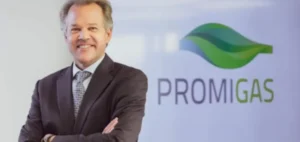Independent power producer SOLA has confirmed the commercial operation of its Springbok solar plant, with a capacity of 195 megawatts (MW), in northern South Africa. Launched in December 2023, the project was completed ahead of schedule, representing a total investment of ZAR2.8bn ($163mn).
Designed as Africa’s first large-scale multi-buyer solar facility, Springbok marks a significant step in the liberalisation of South Africa’s electricity market. The project relies on the power wheeling mechanism, enabling private companies to purchase electricity directly via the national grid without relying on the state utility.
A diversified client base to secure demand
Amazon Web Services (AWS) and Sibanye-Stillwater are among the plant’s main electricity buyers, through long-term power purchase agreements. Other companies such as Vodacom, Sasol, Afrimat, Old Mutual, Redefine Properties, Rio Tinto and BRM Brands are also participating, broadening the base of industrial and commercial clients.
This multi-buyer model offers a solution to the country’s persistent energy instability by allowing companies to stabilise supply while reducing energy costs. According to SOLA, this approach could become a structural lever to accelerate the transition to an open and competitive electricity market.
Private capacity exceeds 460 MWp
With the integration of Springbok, SOLA’s total grid-connected capacity now stands at 464 megawatt-peak (MWp), reinforcing the company’s position as a leading private electricity producer in South Africa. The project is also now the country’s largest operational wheeling solar facility.
Project financing was provided by several South African institutions, including Rand Merchant Bank (RMB), Investec, Absa Group, Revego Fund Managers and Ubuzwe. This financial mobilisation reflects growing investor interest in autonomous energy infrastructure in a market still constrained by the national grid’s limitations.
A replicable deployment model nationwide
The completion of the Springbok project comes amid a gradual easing of South Africa’s energy regulations, which now allow more private players to feed electricity into the grid. This regulatory environment enables projects like Springbok to materialise quickly, with direct supply contracts between independent producers and industrial clients.
SOLA views the project as proof of the technical and financial viability of the model, particularly in a context where demand regularly exceeds available capacity. The group plans to expand further with new wheeling-based projects, depending on private client demand and the evolution of the legal framework.


